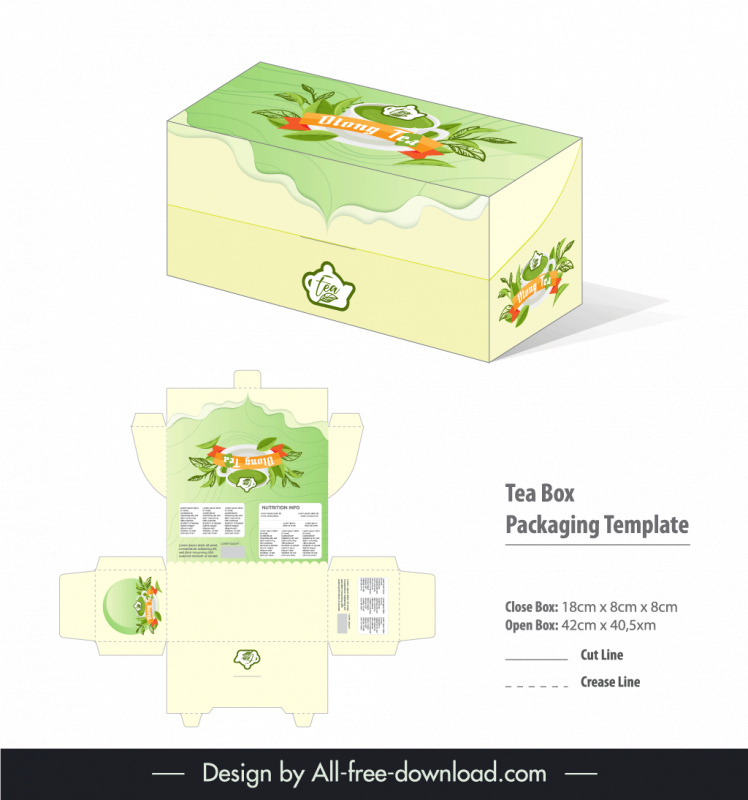

As you can see, the named colours are defined in a block, and assigned with a style attribute, so they override the colours assigned by the class, but your class attributes and the style block itself remain untouched. Here is the result of defining a couple of named colours in Boxy SVG and assigning them to your two objects. As far as I can make out, Boxy SVG doesn’t touch your style block or class attributes - in fact, it doesn’t even provide a way to edit them, it just leaves them alone.Īny changes you make to fill or stroke colours within Boxy SVG will be added as a style attribute on the object, and will of course override any styles assigned by a class.
#Boxy svg code#
Here is the result of saving your minimum SVG test code in Boxy SVG: Īs you can see, the code is identical, so the process of loading into Boxy SVG and doing Save As has not destroyed anything.
#Boxy svg manual#
I don’t know if it will preserve all your manual edits, but I think it will go a lot closer than Illustrator does. It doesn’t use a separate object model, it’s 100% SVG. I highly recommend Boxy SVG as a visual editor for SVGs.
#Boxy svg download#
Instantly download your new SVG and you’re ready to go share it with friends or followers or use it in a future project. Easily upload a JPG or PNG image right from your device to convert it to SVG in seconds. The Adobe Express quick action tools allow you to make impressive edits on the go. But I really don't want to complicate the process, which already seems a bit odd. Make a stunning SVG file in just a few taps. Using ID I can restore the list of classes and/or attributes from an external data array (JSON). Of course, there is always the option of postprocessing after each edit in Illustrator.

#Boxy svg update#
The newest update cannot be installed on my macOS Mojave. or a, b, c.)Īll experiments were done on Adobe Illustrator CC 2019. ❌ Lost (any class list is replaced by a single class name like st0, st1. ✅ Saved (available as object names in the Layers panel)

In my approach, some of the data is permanently lost after editing in Illustrator. Adobe Illustrator, as a powerful tool for editing complex vector images, converts the DOM of an SVG file into its own object model. A vector image requires periodic edits, in parallel with DOM manipulation based on the collected data.įacing reality. Using different selectors and rules in the style sheet, I can, for example, create a glow around the polygon of a certain size, brightness and hue, according to the architectural style, height and time period in which the building was built: Adding multiple classes or data attributes to polygons, which are responsible for visual representation. For those looking to create icons, banners, charts, buttons, mockups and more, Boxy SVG is a valuable. Work on data visualization using JavaScript and CSS in Chrome console. Boxy SVG is a graphics editor similar to Adobe Illustrator or Inkscape that allows users to create beautiful illustrations directly from their browser or from their Mac, Windows, Linux or Chrome computer.Visual geometry correction in Adobe Illustrator: correcting topographical errors, converting polygons into compound shapes (buildings with courtyards), etc.So, I have already managed to: convert the street map in the Mercator projection from OpenStreetMap to SVG with geo-referenced coordinates link building polygons with addresses, number of floors and year of construction achieve an acceptable scaling and scrolling performance (thanks to D3.js). This is an interactive heat map of my hometown with color-coded architectural value of buildings and some visual effects not available in the Google Maps API. I was fascinated by the idea of a kind of GIS in miniature, based on a single svg-file. How can I edit an svg file visually in a safe way?Ī brief background. 5* in the X direction it will just add white space.When editing SVG > Illustrator > SVG, the original element classes are lost. Now we've scaled this SVG box by 2* in the X axis and 1.5* in the Y axis, the circle will try and grow 2* in the X direction, but because it has to keep it's ratios and it can't grow 2* in the Y, it will only grow by 1.5* in each direction. Imagine you have a circle, and your SVG has been designed so that it will neatly fit the children with no padding. This second option will mean all paths drawn in your SVG will keep the same ratios on their dimensions dimensions when the SVG scales up. Changing the viewbox to start at a different coordinateĬhanging the 'path' so that it doesn't leave paddingĢ.) Your SVG has been told to scale uniformly.


 0 kommentar(er)
0 kommentar(er)
